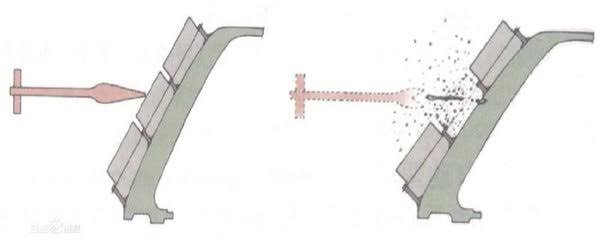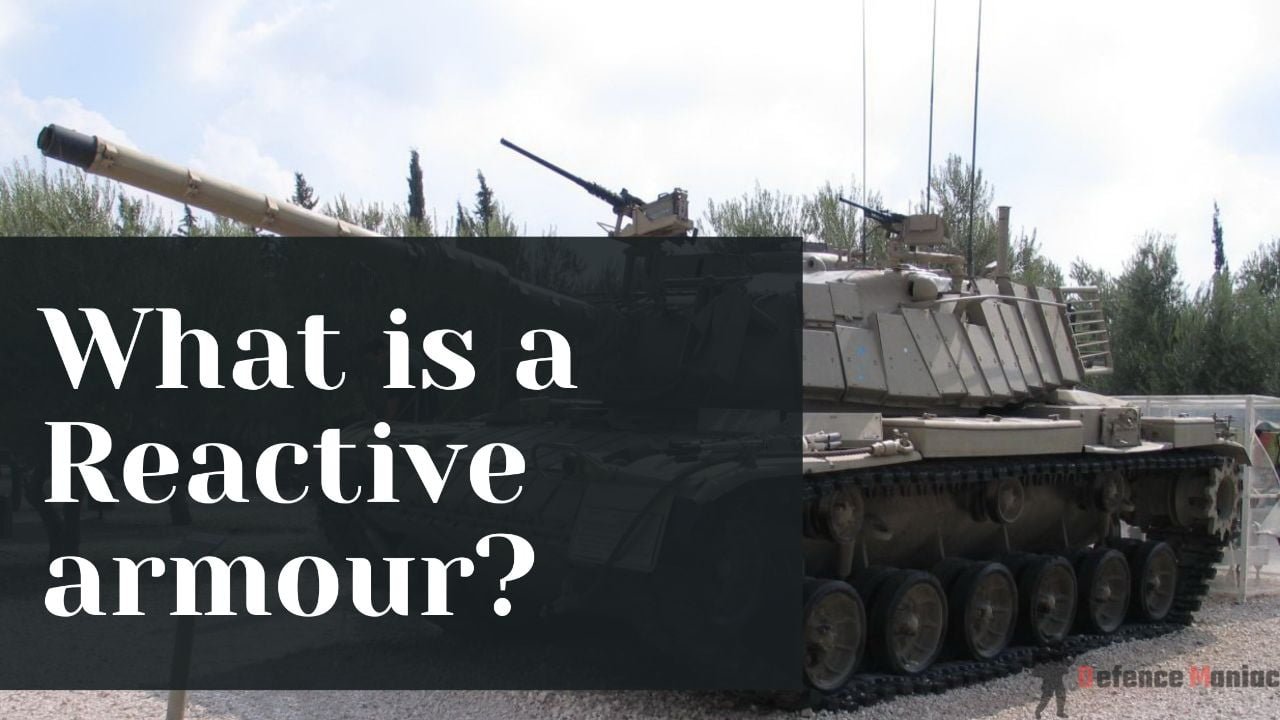Have you ever wondered how tanks and armoured vehicles protect themselves from big explosions and powerful weapons? Well, the answer lies in a special kind of armour called reactive armour. But what is reactive armour? and how does it work?
In this blog post, we will explain everything you need to know about reactive armour. We will break down its design, how it functions, and the benefits it provides. It is not like regular armour that just sits there. It actively reacts to threats and keeps the vehicle safe.
Throughout this post, we will discuss the different types of reactive armour, like explosive reactive armour (ERA) and non-explosive reactive armour (NERA). We will explain how they are made and how they work to protect against things like missiles and bombs.
So, if you’re curious to learn about the incredible technology that keeps armoured vehicles safe, join us on this journey as we dive into the world of reactive armour and uncover its secrets.
What is reactive armour?
Reactive armour is a special kind of armour that protects military vehicles and tanks from incoming threats like missiles or grenades by activating the explosive armour installed on the body of the vehicle.
Its idea was first proposed by the Scientific Research Institute of Steel (NII Stali) in the year 1949 in the USSR (Now Russia). The idea proved brilliant and now military from all over the world are using this technique to protect their tanks from external threats.
Uses of Reactive Armour
Reactive armour is predominantly used in military vehicles, particularly in tanks and armoured personnel vehicles, to provide protection against various threats encountered in combat situations. Here are some of its key uses:
- Protection against Anti-tank missiles: Reactive armours provide tanks with protection from anti-tank missiles. Anti-tank missiles are designed to penetrate regular armour, but reactive armour acts as a countermeasure. It detonates when hit by the missile, neutralizing its effectiveness by disrupting its trajectory and reducing its penetrating power.
- Defence against explosive devices: In combat situations, there are very good chances of driving tanks through fields that might are filled with anti-tank mines or IEDs that may cause serious damage to the tank as well as to the crew. If the tank is equipped with reactive armour then it can reduce damage to safer limits.
- Increased Protection against Kinetic Energy Penetrators: Kinetic Energy Predators are weapons which rely on their speed to cause damage, like armour-piercing projectiles and bullets. Reactive armour explodes and minimizes damage to the vehicle.
- Improved Survivability in Urban Warfare: In urban warfare scenarios where threats can come from multiple directions, reactive armour provides an added layer of protection. It enhances the vehicle’s survivability by minimizing the damage caused by attacks from various angles, reducing the risk to crew members and allowing for increased operational effectiveness.
How does Explosive Reactive Armour work?
In very simple terms, Explosive Reactive armour works on the action and reaction law of Newton. Just like Newton’s Action and Reaction law when body A hits body B then body B applies the same amount of force to body A.
Just like that when a missile or grenade hits the reactive armour then it explodes pushing back the grenade thus minimising its effect on the targeted vehicle.

ERA consists of metal plates attached to the vehicle’s exterior. Sandwiched between these plates are layers of explosive material, usually shaped charges or plastic explosives. When a threat, like a missile or a projectile, impacts the ERA, sensors on the vehicle detect the incoming attack.
Upon detection, the explosive material within the ERA is instantly detonated. This explosion occurs in a controlled manner, away from the vehicle’s interior, ensuring the safety of the crew members. The detonation of the explosive material generates a powerful shockwave and a high-speed jet of metal fragments which then with the incoming threat.

This collision disrupts the threat’s shape, destabilizes its penetration capability, and weakens its destructive force. The explosive reaction also helps dissipate the energy of the incoming threat, spreading it over a larger area and reducing the localized damage to the vehicle. This is how ERA protects the vehicle from exterior threats.
Types of Reactive Armour
There are different types of reactive armour that help protect tanks and vehicles from enemy attacks. Let’s take a look at them in simple terms:
1. Explosive Reactive Armor (ERA)
This type of armour has metal plates with explosives between them. When an enemy attack hits the armour, the explosives explode and create a shockwave and flying pieces of metal. These fragments collide with the enemy attack, weakening it and reducing its damage.
2. Non-Explosive Reactive Armor (NERA)
NERA doesn’t use explosives. It has metal plates separated by materials like rubber or foam. When an attack hits the armour, the materials compress and absorb the impact, making the attack less effective.
3. Composite Reactive Armor (CRA)
CRA combines regular armour with reactive elements. It has layers of composite material with embedded explosive or non-explosive reactive components. CRA offers better protection against different types of attacks.
4. Dual-Explosive Reactive Armor (DERA)
DERA is an advanced version of ERA. It uses two layers of explosives. The first layer detonates early to disrupt the attack, and the second layer detonates later to neutralize the remaining energy.
5. Pre-formed Fragmented Armor (PFA)
PFA includes metal fragments within the armour. When activated, these fragments are released and can penetrate and disable the enemy attack.
These types of reactive armour provide extra protection by reacting to enemy attacks and reducing their impact on the vehicle. The specific type used depends on the situation and the needs of the vehicle.
Limitations of Reactive Armours
While reactive armour provides enhanced protection against certain threats, it also has some limitations to consider:
- Not Good Against Big Bullets: It may not work well against large, fast bullets that have a lot of power. It’s better at stopping smaller projectiles.
- Can’t Handle Multiple Hits: Once the armour is used and explodes, it needs to be replaced or fixed. This means if the vehicle gets attacked again, it won’t have the same level of protection.
- Makes the Vehicle Heavier: It adds extra weight and makes the vehicle bigger. This can make it harder to move around quickly and may affect how it can be transported.
- Doesn’t Cover Everything: The armour is usually placed in specific areas of the vehicle, like the front or sides, but it may not protect the entire vehicle. Other parts could still be vulnerable to attacks.
- Can Cause Damage Around It: When the armour explodes, it can create damage to nearby things like buildings or people. This can be a problem in crowded areas or when friendly forces are close by.
- Cost and Maintenance: Reactive armour can be expensive to install and maintain. It needs regular checks and replacements, which can add to the overall cost of using and keeping it.
So this is the end of our blog post. I hope you got the necessary information on what is reactive armour. Subscribe to notifications for further updates!





